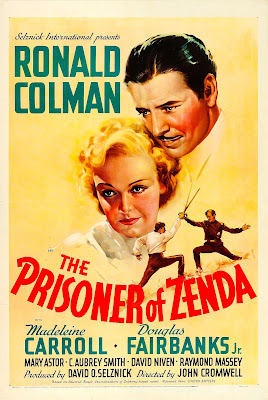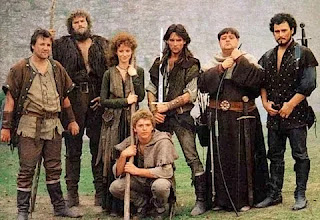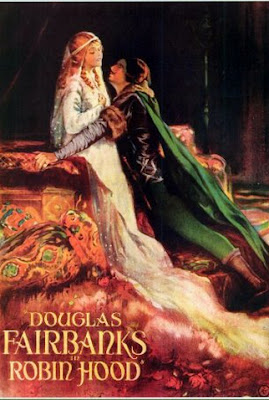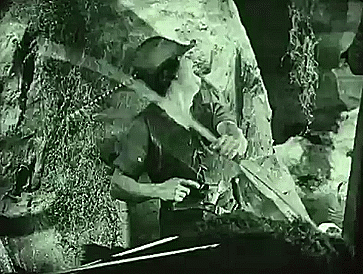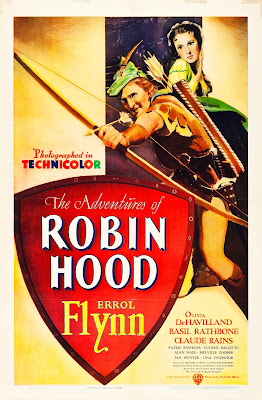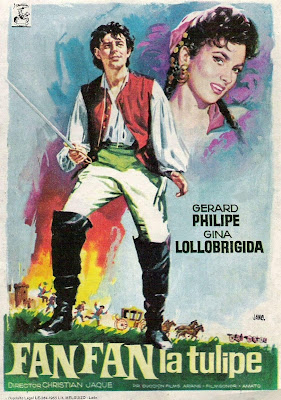The Prisoner of Zenda (1937) is a superlative example of the cinematic swashbuckler removed from the traditional period setting, for it takes place neither in the golden age of swashbuckling (the 15th through 18th centuries) nor even in an actual place. Based on the popular 1894 novel by Anthony Hope, it is situated firmly in the mid to late 19th century in the fictional European country of Ruritania. It is a tale of royal intrigue, adventure, and love, with the central theme of a protagonist who is forced to assume the identity of another. Ronald Colman has the dual role of Rudolf Rassendyll, an Englishman, and his identical cousin, the future king of Ruritania. In both roles, Coleman shines without overpowering his scenes. Rarely, in fact, does one see so well-balanced a job of casting. C. Aubrey Smith and David Niven are exceptional as the king's friends and advisors; Raymond Massey is excellent as Black Michael, the king's brother and nemesis; Mary Astor is equally suitable as Antoinette de Mauban, Black Michael's inamorata; and Madeleine Carroll gives a performance of sublime yet understated beauty as Princess Flavia, the Prisoner of Zenda's betrothed. It is Douglas Fairbanks, Jr., however, who gives perhaps the most stunning performance as a quintessential swashbuckler who is a villain. As Rupert of Hentzau, Fairbanks crackles with energy and ensures that no encounter will be dull. In all ways, he provides a perfect clash of personality and arms with the less flamboyant—but no less decisive—English gentleman. Nominated for two Academy Awards (Best Art Direction and Best Music, Score), it honestly deserved greater recognition in other categories as well. The Prisoner of Zenda, as an adventure, as a romance, and as a drama (with a healthy amount of humor), stands as one of the greatest swashbuckling movies of its time or any other era.
Writing: GoodDirecting: Great
Acting: Great
Cinematography: Good
Stunts: Good
Swordplay: Good
Panache: Superb
Overall Rating: Great
Swashbuckling Rank: Great
[Originally posted in Cuparius.com on 27 May 2011.]
Addendum
Written by: John L. Balderston, Edward E. Rose, Wells Root, et al.
Based on: The Prisoner of Zenda by Anthony Hope
Directed by: John Cromwell and W.S. Van Dyke
Performed by: Ronald Colman, Madeleine Carroll, Douglas Fairbanks, Jr., Mary Astor, C. Aubrey Smith, David Niven, Raymond Massey, et al.
